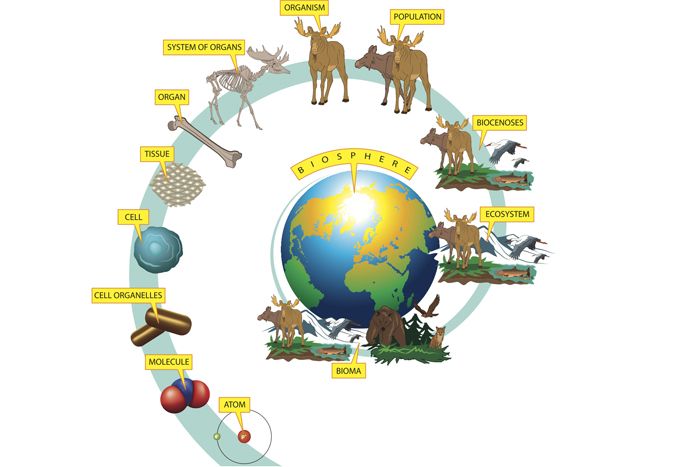

Over the last three decades, BER has transformed biological and Earth system science.

BER research also advances understanding of the dynamic processes needed to model the Earth system, including atmospheric, land masses, ocean, sea ice, and subsurface processes. This knowledge enables the reengineering of microbes and plants for energy and other applications. The program seeks to discover the underlying biology of plants and microbes as they respond to and modify their environments.

Debating the proposition 'Genetic engineering has produced many wonderful products that help society, so society and governments should encourage it'.The Biological and Environmental Research (BER) program supports scientific research and facilities to achieve a predictive understanding of complex biological, earth, and environmental systems with the aim of advancing the nation’s energy and infrastructure security.Possible issues include: mining in national parks stringency of biosecurity measures different methods for controlling possums (1080 poison, biological control, or trapping). Considering ecological issues from different points of view.Students develop understanding of how scientific argument is conducted, enabling them to participate in informed debate on socio-scientific issues relevant to them and their community. using biological diagrams to describe what can be seen through a microscope (for example, the structure of a leaf).using punnet squares to predict phenotypes.using appropriate terminology when discussing or evaluating biological issues.Students learn to communicate using the language of biology. Geneticists use 'biotechnological techniques' to learn more about the genetic code of agricultural plants and animals.



 0 kommentar(er)
0 kommentar(er)
